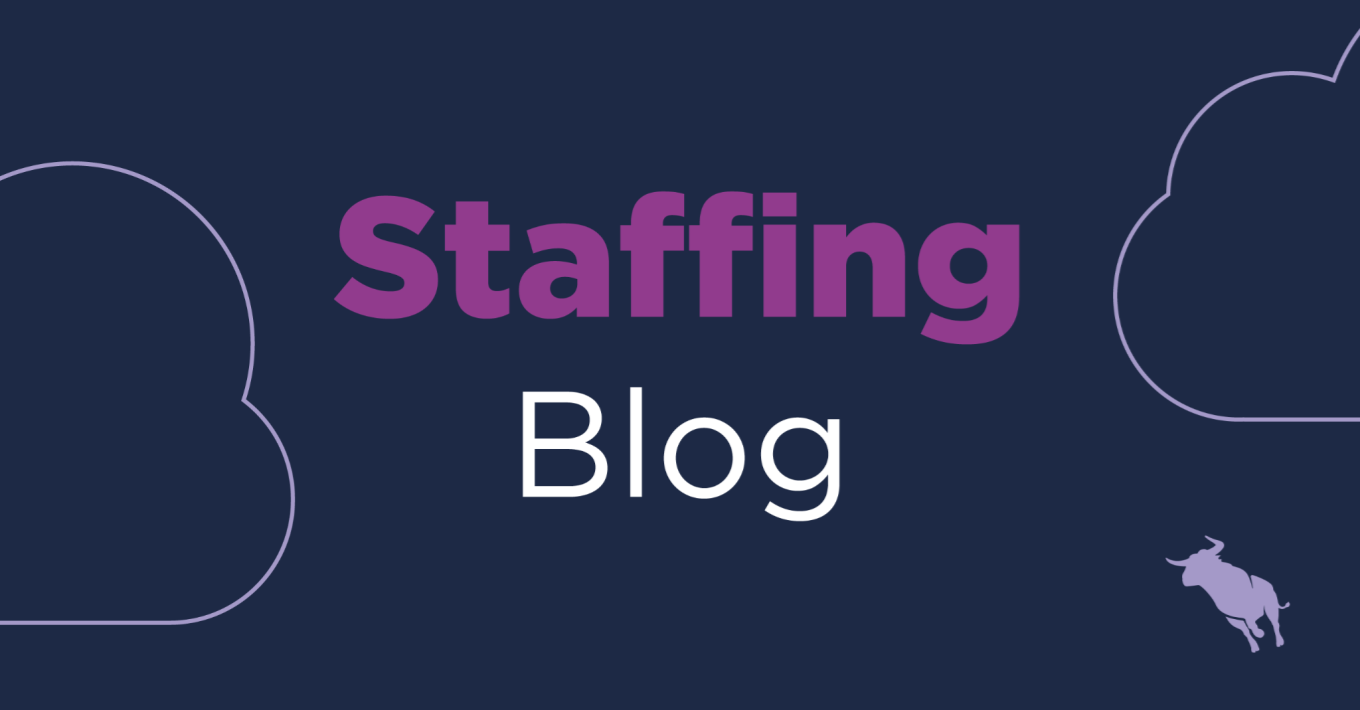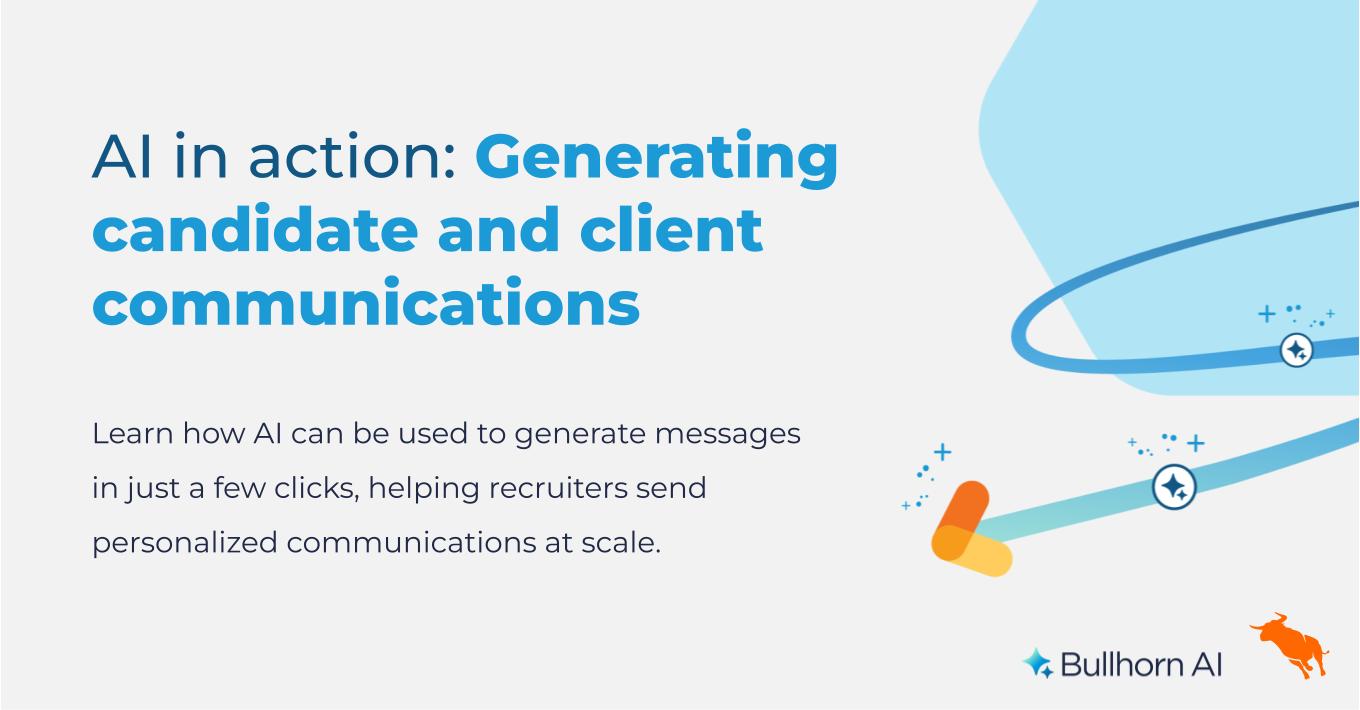Five Reasons Why Using a Spreadsheet for Employee Scheduling Doesn’t Cut it Anymore

1. Your Information Isn’t Easily Accessible
When you have a staffing business, you know how important it is to have up-to-date information on your workers’ skills, where they’re needed for work and when. A spreadsheet is the way many companies decide to start employee scheduling, thinking that information will be accessible to everybody at all times. But it’s not. Even with the right setup, spreadsheets are not easily shared or viewable online. Google’s G Suite Spreadsheets have helped close the gap because of their version control and ease of access, but the information is still in isolation–it lives only within G Suite. That means you still have to manually input every piece of information about your workers, set up their working times and of course, transfer this information to payroll and invoicing. Compliance and monitoring of hours are not even possible within spreadsheets. Prior to using Sirenum by Bullhorn, one of our clients maintained a set of seven distinct spreadsheets just to keep track of overtime and fatigue. And still was in regular violation of industry guidelines and at risk of significant fines on a monthly basis.
2. You Can’t Scale Your Business
If you manage your own business, growing it is probably the single biggest thing that keeps you up at night. As you grow, you need to hire–and manage!–workers in order to meet a growing demand. Thinking about managing even a couple hundred workers gives some agencies a terrible headache, even when it’s clearly the right thing to do for efficiency and profitability. Creating and maintaining a worker skills and permits database is, of course, crucial to know who is suitable for each job. But of course, using this information is not easy, especially for handling dozens or even hundreds of workers. Going back and forth between databases and spreadsheets is tedious and extremely time-consuming. And there’s only a certain amount of information that your managers can retain in their memory in order to set up their people’s schedules. When you’re talking about big numbers, this system just can’t work–it needs automation.
3. You Don’t Actually Know What’s Happening
Success in staffing is not easy. Servicing–and keeping!– big clients can be challenging. Being able to provide accurate information to your clients is a must if you want them to choose you over your competitors. How many hours exactly have your employees actually worked? How many arrived late? Were you able to provide a last-minute replacement somebody was arriving late? These are the type of valuable reports that you can sell to your prospects when you have an automated system. Transparency is a game-changer. Many of our staffing clients even include service-level commitments in their RFP responses.
4. Your Employees Aren’t Engaged
What’s your employee retention like? We often see agencies that are drowning because they can’t retain staff–both temps and in-house operations. Temps often can’t even choose their availability without risking their job! Managers usually find their job really tiring as they need to work really long hours doing repetitive manual work that bores them. If this sounds like your agency, you need a better tool for communications and cooperation. Modern workforce management tools allow candidates to communicate their availability through a mobile app. Managers can learn about it straight from their scheduling view. With an automated system, many organizations have saved up to a third on routine recurring tasks, allowing managers to focus on managing, staying engaged, and performing better. On the temp side, both shift coverage and health and safety improve significantly with an engaged workforce.
5. You And Your Team Are Immobile
Most software used by agencies today is still based on an old paradigm. Whether it’s Y2K-era technology built on top of an ERP or even first-generation SaaS workforce management software, these tools do not properly take advantage of leveraging data in the cloud or via a mobile device. Cloud-based workforce management solutions allow you to work from when, where, and how you want to. This means that as a manager you can easily see what is going on with your people, even if you decide to work from home, or the beach. This also means that temps can see their shifts, timesheets, and even pay stubs on their mobile device, lessening the burden of communications on your operations teams while making life easier for your temps.








